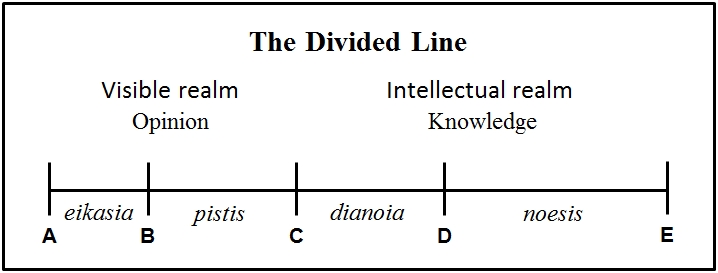Plant Details - Information about Bruguiera gymnorrhiza Plant.
Bruguiera gymnorhiza (black mangrove, Afrikaans: Swart-wortelboom, Xhosa: Isikhangati, Zulu: Isihlobane is a small tree up to 10 metres (33 ft) high that belongs to the family Rhizophoraceae. It is found on the seaward side of mangrove swamps, often in the company of Rhizophora. Its bark is rough and reddish brown.
Apical shoots are about 6 cm (2.4 in) long. Leaf color, size, and shape enable B. gymnorrhiza trees to be distinguished from other Bruguiera spp. from a distance. It differs from Rhizophora spp. in the lack of mucronate leaf tip, longitudinal fold grooves along blade, and lack of cork wart spots.

Bruguiera gymnorhiza (L.) Lam. ex Savigny Show All Show Tabs. Burmese mangrove denges (Palau) kodenges (Palau) largeleaf mangrove large-leafed orange mangrove orange mangrove Data Source and Documentation. Bruguiera gymnorrhiza (L.) Savigny, orth. var. Classification.

Bruguiera cylindrica is a small tree growing up to 20 metres (66 ft) tall but often grows as a bush. The bark is smooth and grey, with corky raised patches containing lenticels which are used in gas exchange and the trunk is buttressed by roots.

Mangroves Are Plant Species Biology Essay.. In Mauritius, two species of mangroves are found namely the Bruguiera gymnorrhiza and Rhizophora mucronata. The latter being the most common one. Mangroves are rich in biodiversity and support complex communities. Mangroves provide important ecological and socioeconomic role.

Central, North, South Low Invasion Risk. Passed using the Secondary Screening. Species evaluated with the Predictive Tool: Low Risk for invasion, therefore Not considered a problem species at this time.May be recommended by IFAS.

Bruguiera gymnorhiza Family Rhizophoraceae East Africa to Southeast Asia, southern Japan, Micronesia, Polynesia. Locally present in most sites. Grows up to 15 m tall. Branches of Bruguiera gymnorhiza Top (left), side (middle) and half views of flower Fruiting branch Close-up of fruit.

Global Biodiversity Information Facility. Free and Open Access to Biodiversity Data.

Eukarya - Bikonta - Plantae - Viridiplantae - Streptophyta - Tracheophyta - Spermatophytina - Equisetopsida - Magnoliidae - Rosanae - Malpighiales - Rhizophoraceae.

Antioxidant and hepatoprotective properties of Indian Sunderban mangrove Bruguiera gymnorrhiza L. leave Abstract Background: Bruguiera gymnorrhiza L. (family Rhizophoraceae) is a true mangrove habitat in Indian Sunderban and traditionally uses for liver disorders. Objectives: The aim was to evaluate antioxidant and hepatoprotective actions of.

Bruguiera gymnorhiza is a common mangrove plant which has a global distribution from tropical Africa, Australia and South and Southeast Asia to the tropical Pacific.

CLP Classification, Labelling and Packaging The CLP Regulation ensures that the hazards presented by chemicals are clearly communicated to workers and consumers in the European Union through classification and labelling of chemicals.

Bruguiera is a plant genus in the family Rhizophoraceae. It is a small genus of six mangrove species of the Indian and west Pacific Ocean region, its range extending from East Africa and Madagascar through coastal India, Sri Lanka and Southeast Asia to northern Australia, Melanesia and Polynesia.


